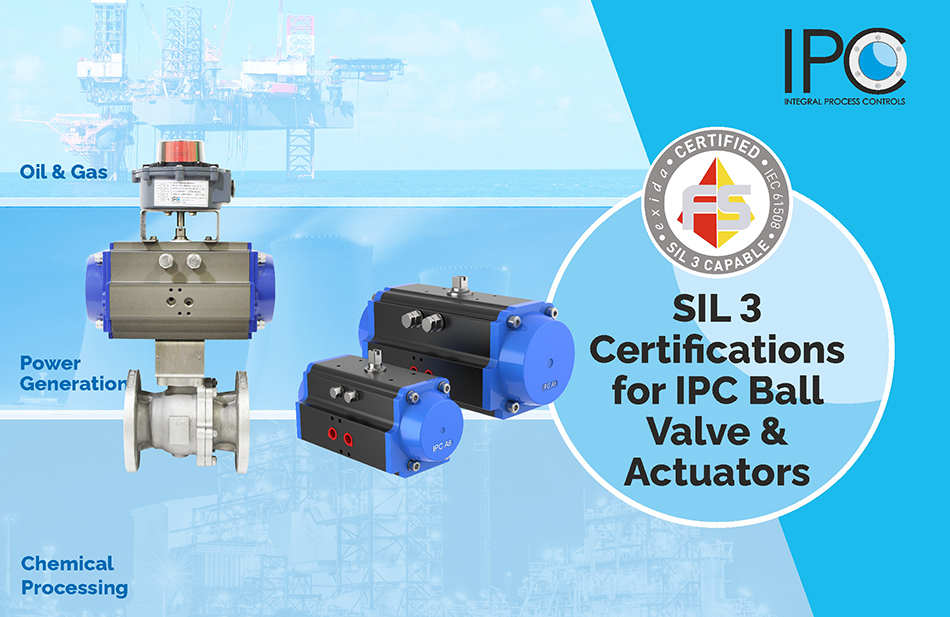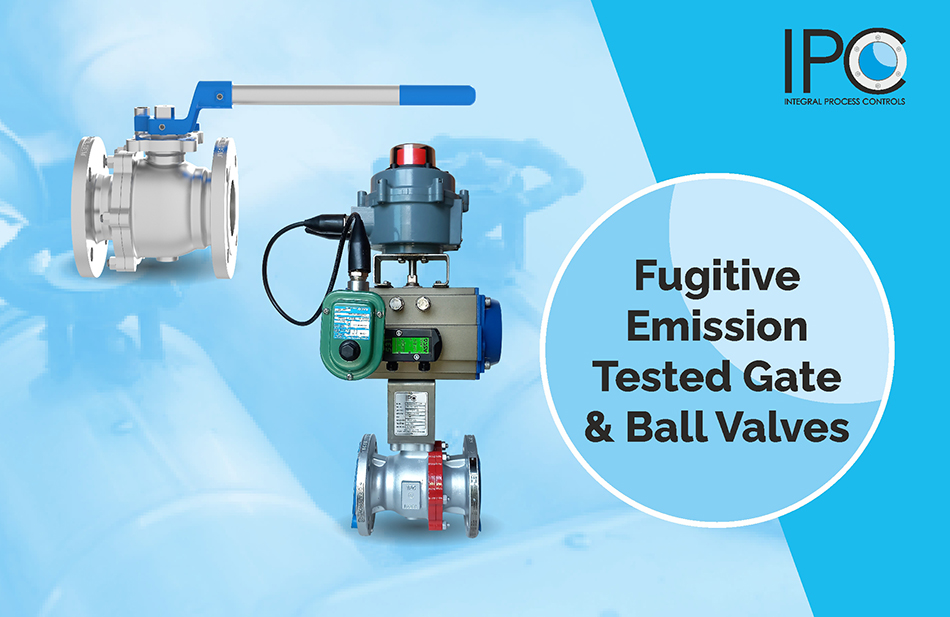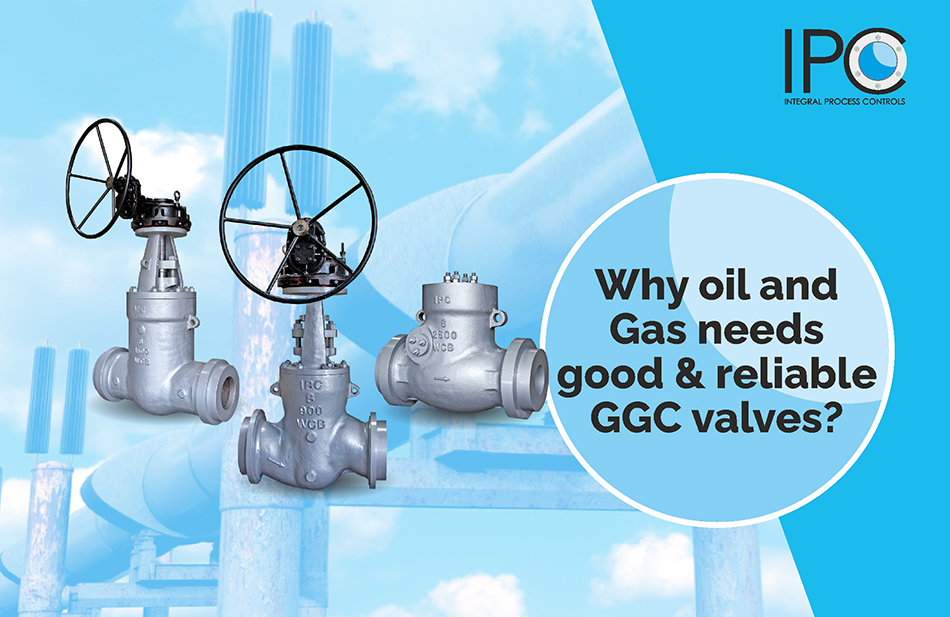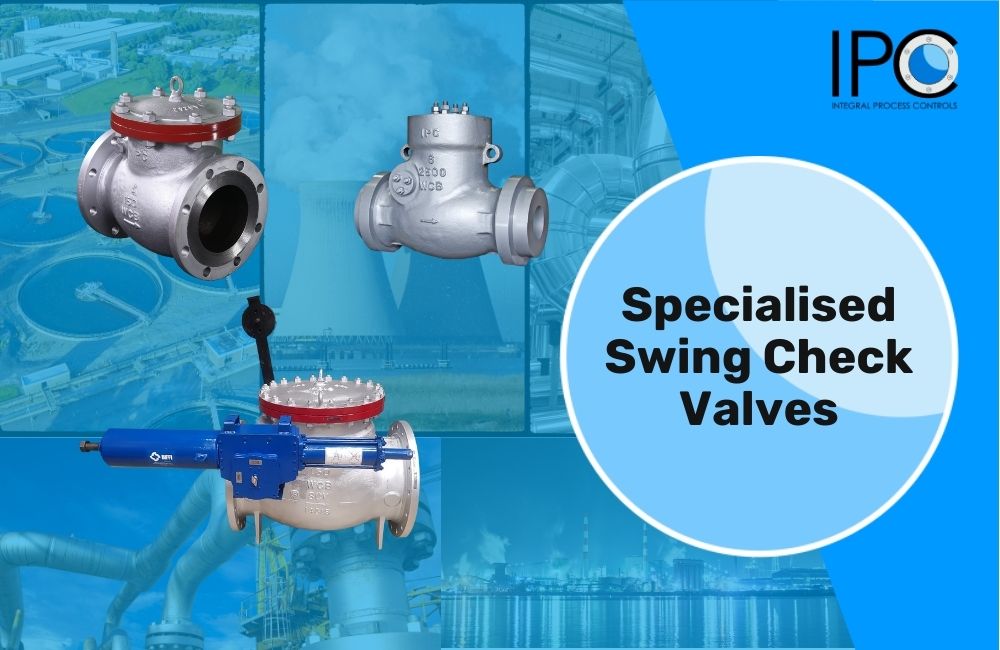Valve Automation
What is an automated Valve?
Valves which are operated without any manual efforts are automated valves. Automated valves can be actuated with the help of Pneumatics, hydraulics, electrically or with a combination of these.
What is a general arrangement of automated Valves?
Typically Automated valve comprises of Actuator, Valve, Mounting arrangement, power transmission element and an option to manually override the actuator operation.
How is the size and capacity of the actuator determined?
Capacity of the actuator is totally depends on two parameters
1. Size of the Valve
2. Quantum of force actuator is able exert in case of rotary actuation this force is called as torque and in case of linear actuation same is called as thrust.
What is a positioner?
Positioners are used to give commands to control the valves for opening, closing or to maintain any intermediate position.
How are automated valves classified?
Automated valve can be classified based on there actuation method. There are many ways to actuate a valve however generally used methods are listed below.
Pneumatic –Valves which are operated using Air or gas pressure are called Pneumatic valves. In case of linear valve – air pressure acts on the obturator creating linear pressure and in case of rotary valve air pressure generates torque to provide rotary motion. Availability of compressed air on the site is the most important factor while going for pneumatically actuated valves.
Electric – In case of electrically actuated valves electric motors are used, here availability of electricity at the site becomes major deciding factor.
Hydraulic – Hydraulic actuators use fluid pressure to actuate the valve. In case of linear valve, fluid pressure acts on a piston providing a linear thrust. In case of rotary valve it provides the torque for rotary motion.
Can I operate Gate / Globe / Check valves in automated condition?
Gate and Globe valves can be easily automated, whereas Check valve cannot be automated, since it is a self-operated valve.
What is a Solenoid Valve and how does it work?
Solenoid valve is an electrically operated valve, which operates using an electromagnetic solenoid coil to change the state of a valve i.e. from open to closed, or close to open.
Explain the different technologies of solenoid valves?
There are 2 main different technologies; Direct acting, In-direct acting.
Direct-acting valves require no differential pressure to remain in their rest state. In NC valves, they will only allow to flow media if energized. These valves are very robust and can be used in a process line for safety purposes. They can also be used on the outlet of a tank where sometimes pressure can get very low but the valve needs to remain open.
In-direct acting valves require a differential pressure across the inlet and outlet to allow them to stay in their rest state. For example, if a valve is normally open and there is no enough differential pressure, the valve may possibly close if inlet pressure dropped too low. These valves should only be used if pressure levels are within the parameters specified in the datasheet and IOM instructions.
What is a Valve Positioner?
Valve positioners are sensing devices, which compare valve actuator’s position to the control signal received by them. If valve actuators position differs from control signal, it moves the actuator to achieve required position. Valve positioners are installed if the valve is intended to be used where accurate and rapid control is required in the application.
Where to Use Valve Positioner?
When accurate valve positioning is required.
- To speed up the valve response, as the positioner uses higher pressure and greater air flow to adjust the valve position.
- To increase the pressure that a particular actuator and valve can close against. (To act as an amplifier).
- Where friction in the valve (especially the packing) would cause unacceptable hysteresis.
- To linearise a non-linear actuator.
- Where varying differential pressures within the fluid would cause the plug position to vary.
What is a Limit switch box?
A limit switch box is used to house switches/sensors which gives electrical indication of the valve position to the controller. It can also give visual indication of the valve position.
What is a Limit switch?
A limit switch is an electromechanical/electronic device that monitors and indicates whether the movement limits of a valve have been exceeded. A solenoid valve can be directly turned on or off by using a limit switch.
What is an Air filter regulator?
Air filter regulators are used to remove moisture and particulate matter from compressed air. These are ‘mechanical filters’ and do not remove oil vapours or chemical contaminants in vapor form.
How does an Air Filter Regulator work?
In an air filter regulator, the supply air enters the inlet port and passes through the filtering element. The filtering element removes moisture and small particulate matter. A bowl is present for the accumulation of moisture and the drain cock allows purging of the unit. The filtering element needs to be cleaned regularly.
What is a Manual override (MOR)?
Manual override, is a mechanical device which allows manual operation of automatic valves, when electric power or air pressure is lost.
What is a Quick Exhaust Valve?
A Quick Exhaust Valve is a valve with a big exhaust orifice and fitted directly on the cylinder or actuator. The purpose of a Quick Exhaust Valve is to evacuate air from the actuator quickly.
What Is a Flow Control Valve?
Flow Control Valves are used to regulate the flow of air, in a pneumatic system. Accurate control can be achieved by a very small change in the differential pressure of the valve.
What is a Junction Box?
What Is an I / P Converter?
A current to pressure (I/P) converter, is a device which converts an electrical signal from a control system, to a corresponding pneumatic signal.
What is an Air Lock Relay?
Air lock relay is a unit for maintaining the air pressure in diaphragm chamber. When air pressure falls below the pre-set value, the air lock relay blocks or holds the existing air pressure till the air supply is restored.
At a glance
Why oil and Gas needs good & reliable GGC valves?
Keeping the flow
What are Swing Check Valves?
Understanding Swing Check







